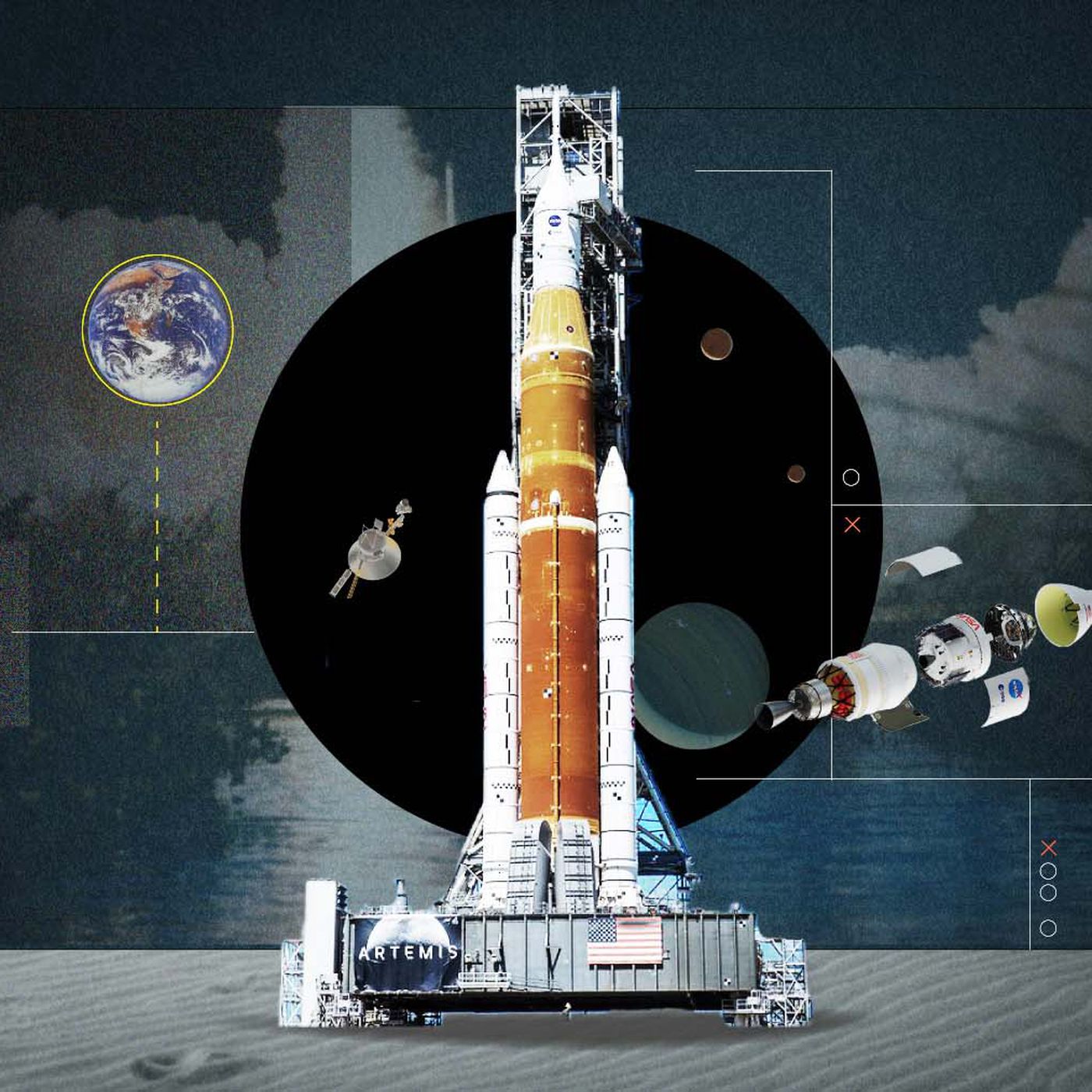The Artemis Program: A New Era of Lunar Exploration.
The Artemis Program is NASA's ambitious plan to return humans to the Moon, and establish a sustainable presence there by the end of the decade. Named after the Greek goddess of the moon, Artemis aims to expand our knowledge of the lunar environment, develop new technologies and capabilities for space exploration, and lay the groundwork for eventual crewed missions to Mars and beyond.
The Artemis Program builds upon the legacy of the Apollo missions, which sent twelve astronauts to the Moon between 1969 and 1972. However, the goals and approach of Artemis are quite different from those of Apollo. While Apollo was a series of short-term, high-stakes missions focused on beating the Soviet Union in the space race, Artemis is a long-term, sustainable program that aims to create a permanent human presence on the Moon.
The key objectives of Artemis are to conduct scientific research, explore and utilize the resources of the Moon, test new technologies and systems for space exploration, and prepare for future human missions to Mars and other destinations. To achieve these goals, NASA is pursuing a multi-faceted approach that involves both robotic and human missions, public-private partnerships, and international cooperation.
The Artemis Program consists of three main phases. The first phase, known as Artemis I, will involve an uncrewed test flight of the Orion spacecraft and the Space Launch System (SLS) rocket, which will launch from NASA's Kennedy Space Center in Florida and perform a circumlunar trajectory around the Moon. This mission is expected to launch in November 2021.
The second phase, Artemis II, will be a crewed mission that will repeat the same trajectory as Artemis I but with astronauts on board. The goal of this mission is to test the systems and procedures necessary for human exploration of the Moon, and to prepare for the more challenging and complex missions of the third phase.
The third phase, Artemis III, is the most ambitious and challenging of the program. This mission will send astronauts to the lunar surface for the first time since 1972, and establish a sustainable human presence there. The primary goal of Artemis III is to lay the groundwork for a long-term lunar exploration program, which will involve the construction of habitats, the development of in-situ resource utilization (ISRU) technologies, and the establishment of a lunar outpost that can support crewed missions to the Moon and beyond.
In addition to the three main phases, the Artemis Program also includes several other key elements. These include the development of a lunar Gateway, a small space station in lunar orbit that will serve as a staging point for human missions to the Moon and other destinations; the Commercial Lunar Payload Services (CLPS) program, which will partner with private companies to deliver scientific payloads to the lunar surface; and the Lunar Surface Innovation Initiative (LSII), which will fund the development of new technologies and capabilities for lunar exploration.
The Artemis Program represents a new era of lunar exploration, one that is focused on long-term sustainability and the development of a permanent human presence on the Moon. Through a combination of robotic and human missions, public-private partnerships, and international cooperation, NASA is working towards the goal of establishing a sustainable and resilient human presence on the Moon by the end of the decade. Whether the Artemis Program will succeed in its ambitious objectives remains to be seen, but one thing is certain: the future of space exploration has never looked more exciting or promising.





0 Comments:
Post a Comment
Subscribe to Post Comments [Atom]
<< Home